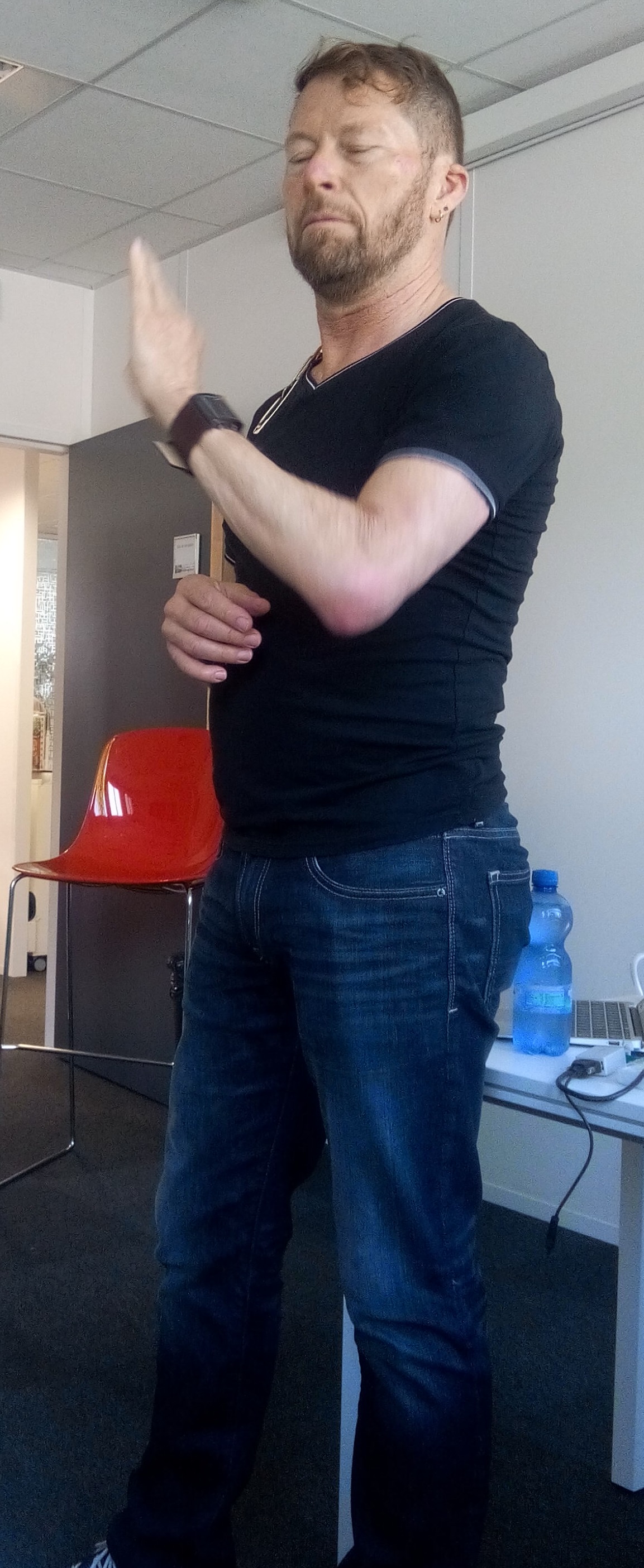What is Scrum, XP, Lean, Kanban?

So what is Scrum? Is this an obscure reference to rugby union, or something more profound! And how does it relate to Agile Process Improvement?
Scrum is a prescribed set of practices (within the lower tier of the Agile/Enterprise triangle – see image below) that have been devised and refined by Jeff Sutherland (one of the original gang of Agile 17) and Ken Schwaber, who made the vital connection with the empirical model for managing uncertainty.
The Scrum activities form a framework of practices that support Agile and are highly effective for managing software development projects. Most software engineering is riddled with uncertainties: new customer, new development team, new users, new platform, new software, new business sector and so on. However, it is matters of design that are crucial; there will be design goals, but how they will be reached and what new discoveries will be made along the way are yet to be revealed. The Scrum guide is the bible of Scrum, its 15 pages testament to the principles of brevity and the necessity it dictates.
This is the complete opposite of plan-driven projects such as manufacturing and assembling a car. Here, everything is known, right down to the number of seconds it takes to attach the passenger’s door, how many bolts, how much tension and what the consequences are if that door is not fitted within that prescribed time.
According to the annual State of Agile survey, Scrum is by far the most widely attempted Agile methodology.
XP, Lean, Kanban, Crystal, DSDM, etc are other groups of Agile practices, each with its own strengths, advocates and followers.







The image in the page shows a lineout not a scrum. In a lineout individual skills are much more influential than in a scrum. A scrum is a fixed formation of eight players pushing all in the same direction! QFD, in more than one reference, shows how indivdual efforts, particularly in software projects, do not align and produce results that end up diluting the group´s main focus.